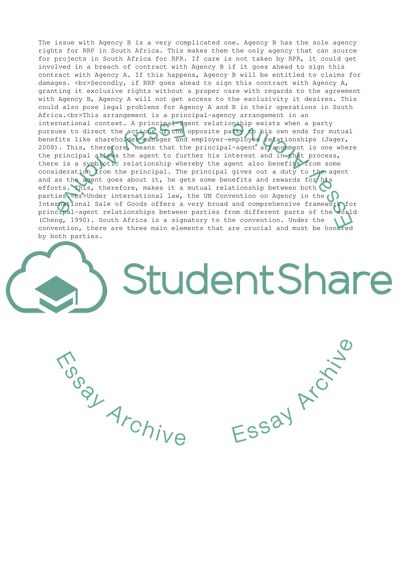Cite this document
(“Advise to Rig Repair & Parts Limited in its International Business Coursework”, n.d.)
Retrieved from https://studentshare.org/business/1417034-course-name-doing-business-overseas
Retrieved from https://studentshare.org/business/1417034-course-name-doing-business-overseas
(Advise to Rig Repair & Parts Limited in Its International Business Coursework)
https://studentshare.org/business/1417034-course-name-doing-business-overseas.
https://studentshare.org/business/1417034-course-name-doing-business-overseas.
“Advise to Rig Repair & Parts Limited in Its International Business Coursework”, n.d. https://studentshare.org/business/1417034-course-name-doing-business-overseas.


